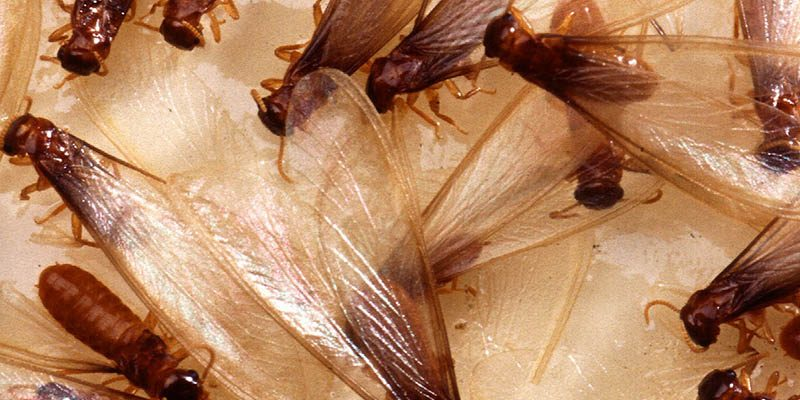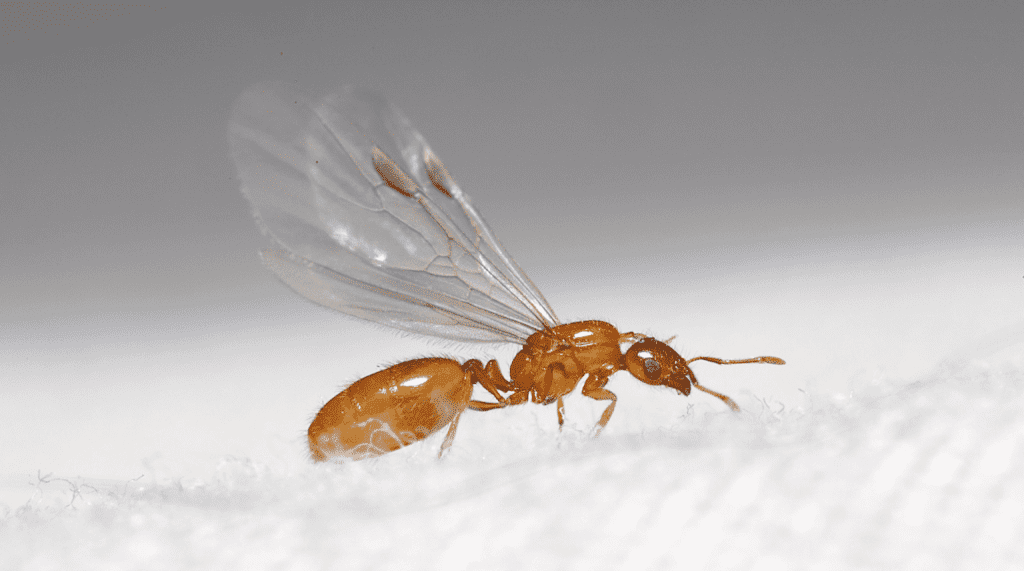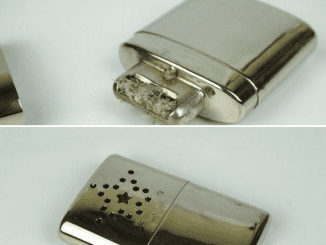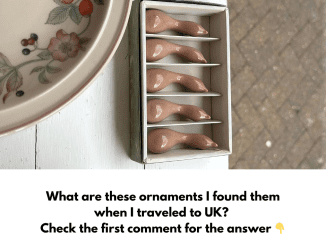Flying ants inside your home can be more than just an unpleasant surprise. These tiny invaders could indicate a larger issue that needs immediate attention. Whether they’re swarming near windows, hovering in your kitchen, or buzzing around the living room, understanding how to identify, manage, and prevent flying ants is crucial. In this article, we’ll cover everything you need to know to effectively tackle a flying ant infestation and protect your home.

What Are Flying Ants?
Flying ants, also known as “alates,” are the reproductive members of an ant colony. They develop wings for a short period, primarily during the mating season, which is known as the “nuptial flight.” These winged ants are responsible for starting new colonies, making their presence in your home a potential red flag for a more significant infestation.
Flying Ants vs. Termites: How to Tell the Difference
Not all winged insects in your house are flying ants; some could be termites, which pose a greater risk. Here’s how to distinguish between the two:
- Body Shape: Flying ants have a pinched waist, giving them an hourglass shape, while termites have a straight, tube-like body.
- Antennae: Flying ants have bent or elbowed antennae, while termites have straight antennae.
- Wing Size: Flying ants have two sets of wings, with the front wings longer than the back ones. Termites’ wings are equal in length.
Identifying whether you have flying ants or termites is vital because termites can cause significant structural damage, while flying ants are generally less harmful but still problematic.
Immediate Actions to Take When You Spot Flying Ants
Finding flying ants in your house can be alarming, but taking swift action can help prevent a more extensive infestation.
1. Close Off Entry Points
Flying ants often enter through cracks in windows, doors, or walls. To stop more ants from coming in:
- Seal all visible gaps around windows, doors, and utility pipes.
- Use weather stripping on doors and windows to limit entry.
- Ensure that window screens are intact and free of tears.
Blocking entry points can significantly reduce the number of flying ants entering your home.
2. Eliminate Food Sources
Flying ants, like most insects, are attracted to food. To minimize their interest in your home:
- Clean up crumbs, spills, and leftover food immediately.
- Store pantry items in airtight containers.
- Keep garbage bins sealed and take out the trash regularly.
Reducing accessible food sources can deter flying ants from making your house their new home.
3. Use a Vacuum Cleaner
If you notice a swarm of flying ants, one of the quickest ways to get rid of them is by vacuuming:
- Use a handheld or standard vacuum to suck up the ants.
- Empty the vacuum contents outside your home to prevent re-infestation.
- Clean the vacuum canister or replace the bag after use.
Vacuuming is an effective short-term solution to clear visible flying ants from your living space.

Long-Term Solutions for Flying Ant Infestations
While immediate actions can help control flying ants temporarily, you’ll need to implement long-term solutions to address the root cause of the problem.
1. Deploy Ant Bait Stations
Ant bait is an effective strategy to eliminate entire colonies, including those hidden behind walls or beneath floorboards:
- Place bait stations in areas where you’ve seen flying ants, such as near windows, doors, or along baseboards.
- Ants will carry the poison back to their colony, gradually eliminating it from within.
- Be patient, as this method can take a few days to a few weeks to work completely.
2. Apply Insecticide Around Entry Points
Insecticide sprays can target flying ants directly and repel them from your home:
- Use a residual insecticide along baseboards, window sills, and other entry points.
- Follow all safety instructions on the product label, as some insecticides can be hazardous to pets and children.
- Consider using outdoor sprays to create a barrier around the perimeter of your home.
Insecticides can offer quick results, but be cautious about overuse, as repeated exposure can have environmental consequences.
3. Call Professional Pest Control Services
If the infestation persists or worsens, it’s time to seek professional help:
- Pest control experts can inspect your home thoroughly, identifying nests and hidden colonies.
- They have access to stronger, more effective treatments that can eliminate flying ants and prevent future infestations.
- Professionals can also check for termites or other pests, ensuring comprehensive protection for your home.
Hiring professionals may be more costly but offers a lasting solution, especially for severe infestations.
Preventing Future Flying Ant Infestations
Once you’ve addressed the immediate problem, you’ll want to take measures to prevent flying ants from returning.
1. Keep Your Home Clean
A clean home is less attractive to pests:
- Sweep and vacuum regularly, especially in kitchens and dining areas.
- Wipe down surfaces and avoid leaving dirty dishes in the sink overnight.
- Remove clutter, as it provides hiding spots for ants and other pests.

2. Manage Moisture Levels
Ants are attracted to damp environments, so controlling moisture can help deter them:
- Fix leaky pipes, faucets, and roof leaks promptly.
- Use dehumidifiers in damp areas, such as basements and bathrooms.
- Ensure proper drainage around the foundation of your home to avoid water accumulation.
Maintaining a dry, clean environment makes it less likely for flying ants to thrive in your home.
3. Regularly Inspect Your Home
Routine inspections can help you spot potential problems early:
- Check for cracks, crevices, or gaps around windows, doors, and foundations, sealing any you find.
- Look for signs of ant nests, such as dirt mounds or ant trails near walls or in your yard.
- Examine wood structures for damage that could indicate a hidden colony.
Proactive inspections can save you from dealing with a full-blown infestation later.
Conclusion: Act Fast to Keep Your Home Ant-Free
Finding flying ants in your home might seem daunting, but taking swift, strategic actions can help you control and eliminate the infestation. Identifying whether they are indeed flying ants (and not termites) is the first step. After that, sealing entry points, removing food sources, and using targeted treatments can offer both immediate and long-term relief. Remember, prevention is key—keeping your home clean, dry, and sealed is the best way to stop flying ants from returning. Take action now, and you’ll soon have your home back to being pest-free!


